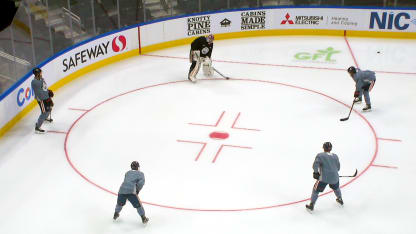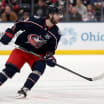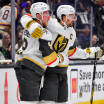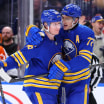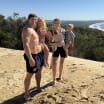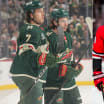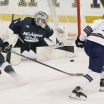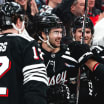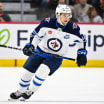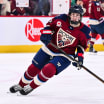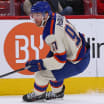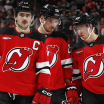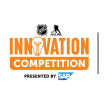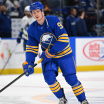The NHL and NHL Players' Association on Monday announced an agreement in principle on protocols for Phases 3 and 4 of the NHL Return to Play Plan. The protocols will take effect only if the NHL Board of Governors and NHLPA membership vote to approve a memorandum of understanding to extend the collective bargaining agreement between the League and union through Sept. 15, 2026.
Key questions, answers on protocols in Phases 3, 4 of Return to Play Plan
Guidelines set for COVID-19 testing with training camps to begin July 13
